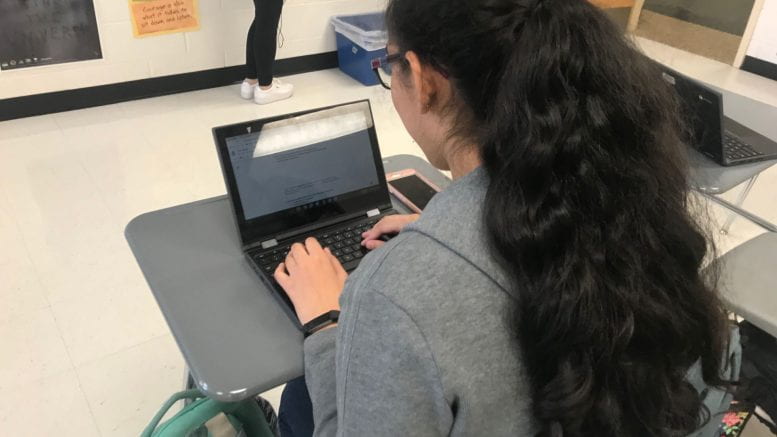As the school year begins, there are many opportunities that students are encouraged to be involved in. Although, sports, clubs and organizations all come with an additional cost.
Attempting to be involved, I signed up for various activities but was taken aback at the total cost of the groups. The dues commonly include t-shirts and any other expenses for the year, but that adds up quickly. I also found it difficult to ask my parents for money, as I felt that it was too much.
The guilt I felt about the price led me to ponder the question: aren’t I in a public schooling system?
The United States guarantees a free education for every child. In theory, my education should be free, but only the classes I am involved in are so. The learning experience of working with elementary children and with special needs students comes with an additional cost. I am fortunate enough to be able to pay for those costs, but not all students are. When additional prices are placed onto students, an immediate gap is created giving the higher socioeconomic groups a head start. This is especially evident in college applications.
The grades and classes are not what make or break the application, what does is being a well rounded student. That means having clubs, sports and volunteering experience on the application. A sport at Freedom High School has a cost of $150. It is reasonable, as it covers the rental of uniforms along with the costs for equipment, field space, and coaching, but it unfortunately does not allow every student to have the same opportunity.
Generalizing public schooling as “free” is an inaccurate statement as it comes with many fees which have larger detriments.
